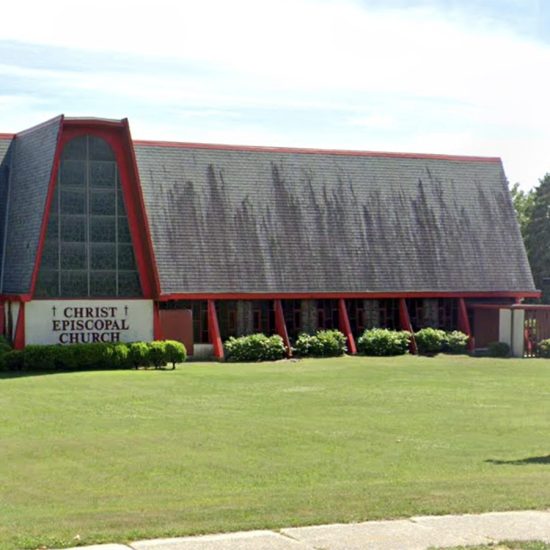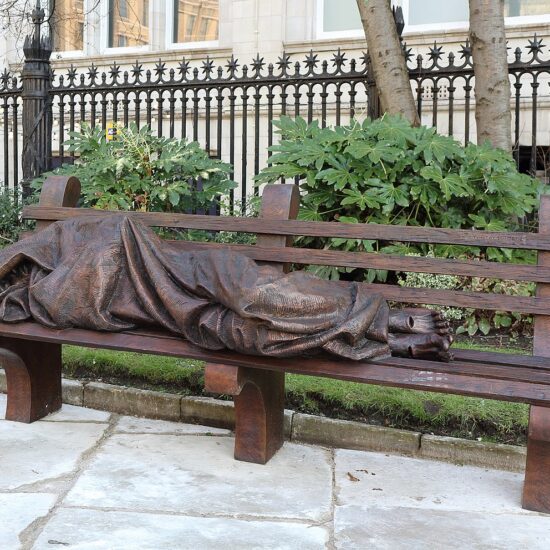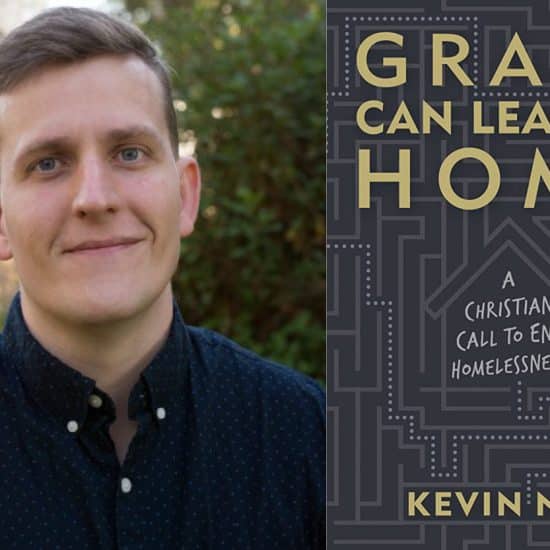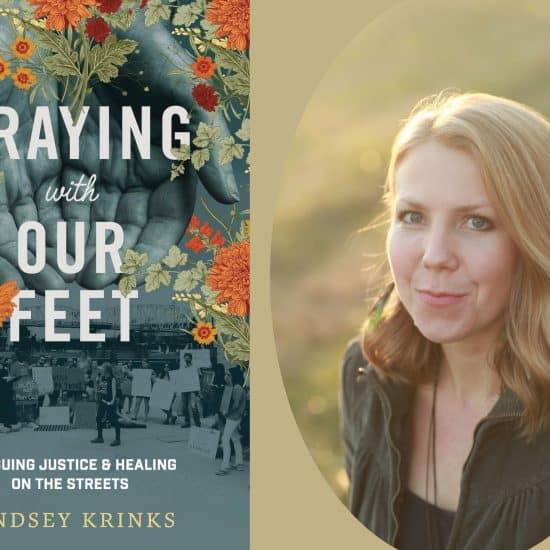No safe, affordable housing was available in 2016 for people in the U.S. whose sole income was Supplemental Security Income (SSI), according to a report released in mid-December 2017.
“In 2016, the average annual income of a single person receiving SSI payments was $9,156 – about 22 percent below the 2016 federal poverty level, and equal to only 20 percent of the national median income for a one-person household,” according to the report, “Priced Out: The Housing Crisis for People with Disabilities.”
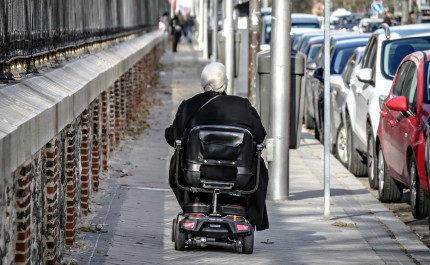 More than 369,000 persons were homeless in 2016 – living on the streets, in transitional housing or in shelters, the report said. (Pixabay)More than 4.8 million disabled persons in the U.S. lived on SSI alone in 2016.
More than 369,000 persons were homeless in 2016 – living on the streets, in transitional housing or in shelters, the report said. (Pixabay)More than 4.8 million disabled persons in the U.S. lived on SSI alone in 2016.
The average nationwide monthly SSI payment is $763, while the average cost for a studio/efficiency apartment is $752 and the average cost for a one-bedroom apartment is $861.
Average, statewide rent for a one-bedroom apartment exceeded SSI payments in 19 states, plus the District of Columbia. In four states, plus D.C., rent exceeded SSI in every housing market.
“What does this mean for people with disabilities?” the report asked. “Too often, the answer is homelessness, institutionalization, incarceration, substandard housing or severe rent burdens. Research has demonstrated that costs incurred by people with disabilities cycling through public institutions are far greater than the cost of providing rental assistance with supports.”
More than 369,000 persons were homeless in 2016 – living on the streets, in transitional housing or in shelters, the report said. Nearly 87,000 people of the total homeless population were considered chronically homeless.
“A person is considered chronically homeless if they have a disability and if they have been continuously homeless for one year or more or have experienced at least four episodes of homelessness adding up to at least 12 months in the last three years,” the report explained.
SSI is “a Federal income supplement program funded by general tax revenues (not Social Security taxes),” SSA.gov explains. It seeks “to help aged, blind and disabled people, who have little or no income” by providing funds to “help meet basic needs for food, clothing and shelter.”
Qualifications for SSI include:
- 65 or older, blind or disabled.
- Limited or no income / resources.
- U.S. citizen or national.
- Currently reside in the U.S.
The full requirements are available here.
“This housing affordability crisis deprives hundreds of thousands of people with disabilities of a basic human need: a place of their own to call home,” the report stated. “Because of the disparity between SSI income and rental housing costs, non-elderly adults with significant disabilities in our nation are often forced into homelessness or segregated, restrictive and costly institutional settings, such as psychiatric hospitals, adult care homes, nursing homes or jails.”
The full report is available here. Data on specific housing markets is available here.
This article originally appreared on EthicsDaily.com.


